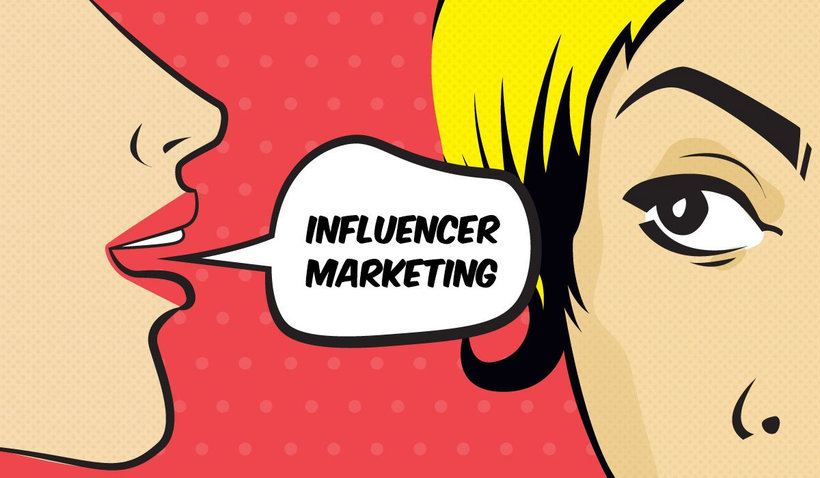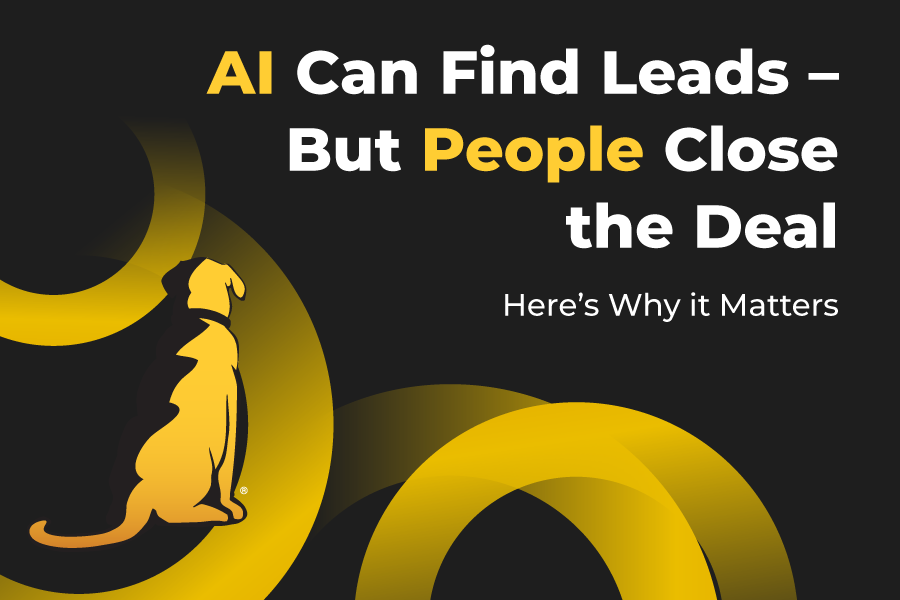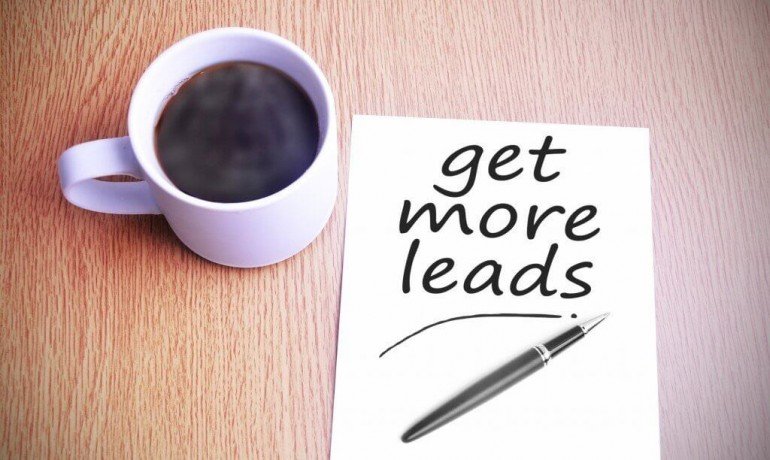Does Every Marketing Dollar Need to Drive Sales?
If you’ve ever asked your marketing team, “But how much did this campaign sell?” you’re not alone. It’s a fair question. After all, business is about revenue. But when every marketing effort is judged solely by its immediate return in sales, brands miss the bigger picture—and risk weakening their full-funnel marketing strategy.
At YellowDog, we work with clients across B2B, retail, manufacturing, and more, and we hear it often: “We want every dollar we spend to pay for itself.” The sentiment is understandable, but the expectation can be short-sighted.
Here’s why.
Brand Isn’t Built in a Day
Not every marketing touchpoint is meant to drive an instant transaction. Think about the last time you saw a compelling TV spot, scrolled past a captivating social ad, or noticed a sharp billboard on your commute. Did you pull out your credit card immediately?
Probably not. But the brand made an impression.
And when you eventually needed that product or service? You remembered.
Top-of-funnel awareness tactics often don’t convert directly but they plant the seeds that lead to future revenue.
The Role of “Non-Selling” Tactics
Some of the most powerful marketing investments don’t scream “buy now.” Think:
- A thought leadership article that builds credibility
- A podcast episode that educates your niche audience
- A social post that sparks engagement and shares
These build trust, authority, and relevance; positioning your brand as a solution long before the prospect ever clicks “buy.”
Measure What Matters at Each Stage
It’s not about ignoring ROI. It’s about measuring the right ROI for the right tactic at the right time.
Instead of asking, “How many units did this video sell?” ask:
- Did it increase brand recall?
- Did it improve email opt-ins?
- Did it shorten our sales cycle down the road?
Your attribution model should reflect how real people make decisions over time, through multiple touches, not just one.
Sales-Obsessed Brands Miss Loyalty
Brands that only chase the next sale often sacrifice long-term loyalty. When every campaign is judged by direct conversions, you overlook nurturing customers who:
- Aren’t ready yet
- Need education
- Want to feel connected before committing
Good marketing warms the lead. Great marketing creates a lasting relationship.
So… Should Some Marketing Be “Unmeasurable”?
No, everything should have a purpose. But not everything should be judged by immediate purchases.
Your campaigns should be layered:
- Top-of-funnel builds awareness
- Mid-funnel nurtures consideration
- Bottom-funnel closes deals
When those layers work together, you generate more sales, more efficiently; even if not every dollar is a direct closer.
Let’s Be Strategic About Your Spend
At YellowDog, we help brands build measurable, full-funnel marketing strategies that balance awareness, consideration, and conversion. We don’t chase impressions without purpose but we also don’t promise every click will convert overnight.
Because smart marketing isn’t about instant wins. It’s about sustainable growth.
Ready to align your strategy with what actually drives results?





